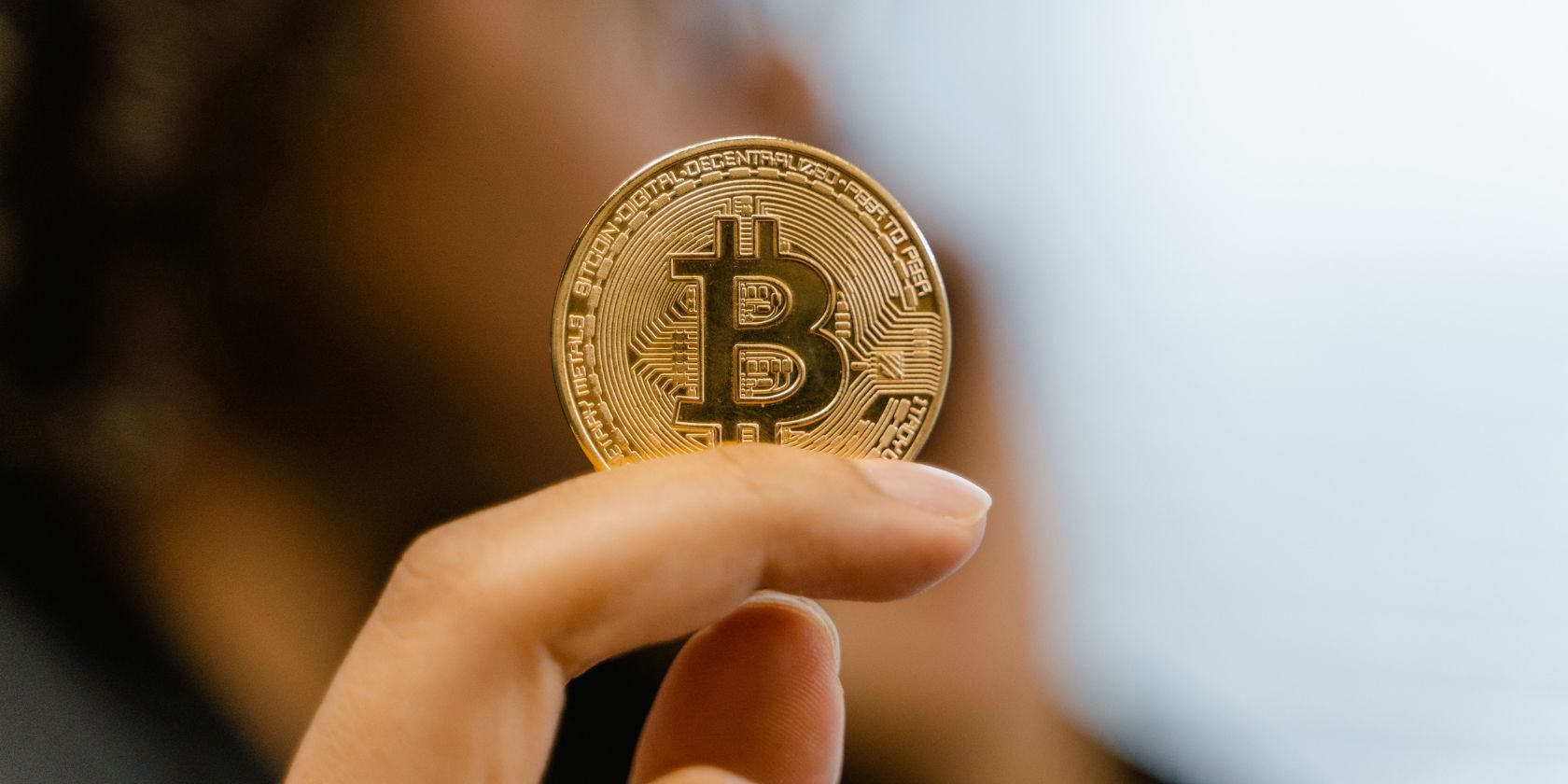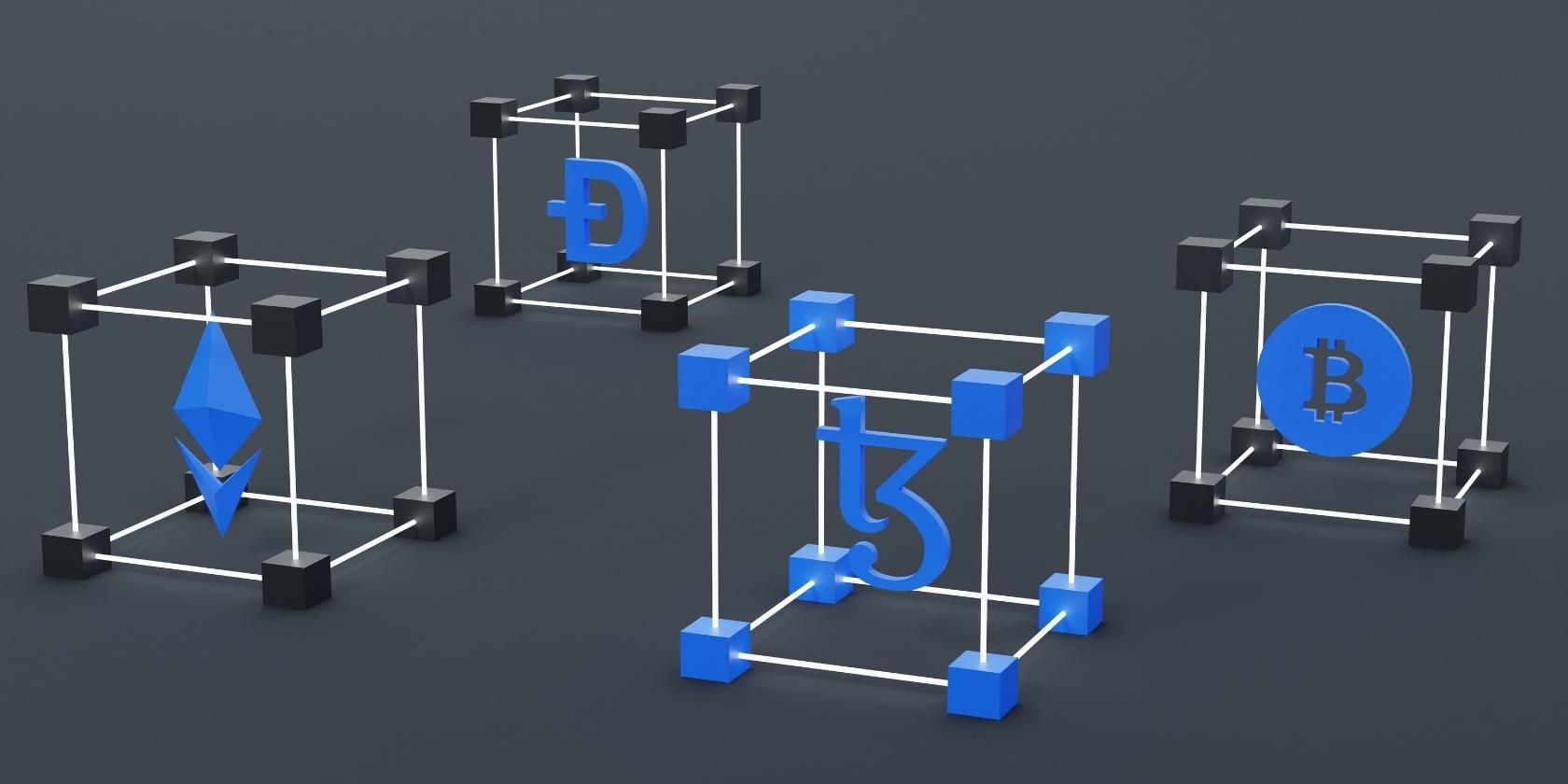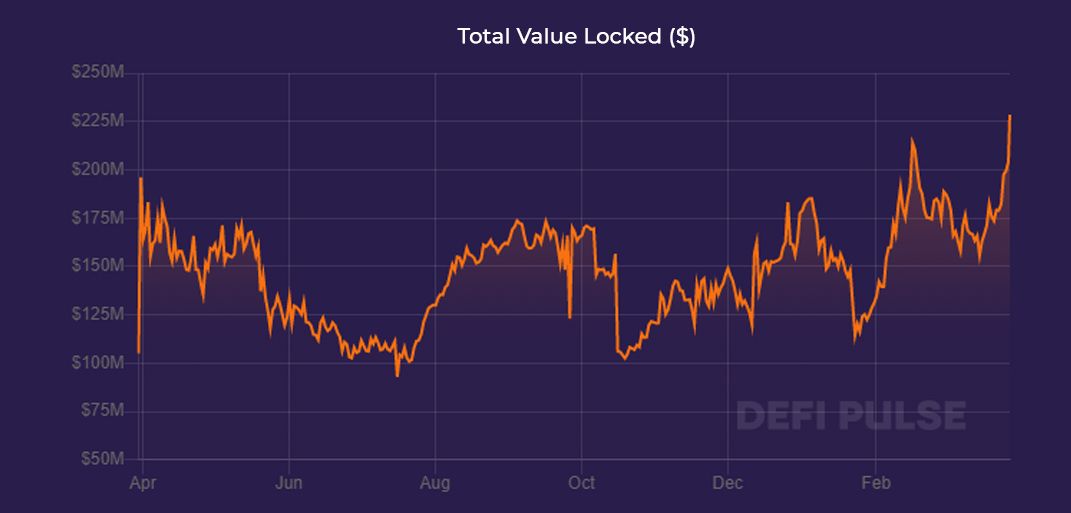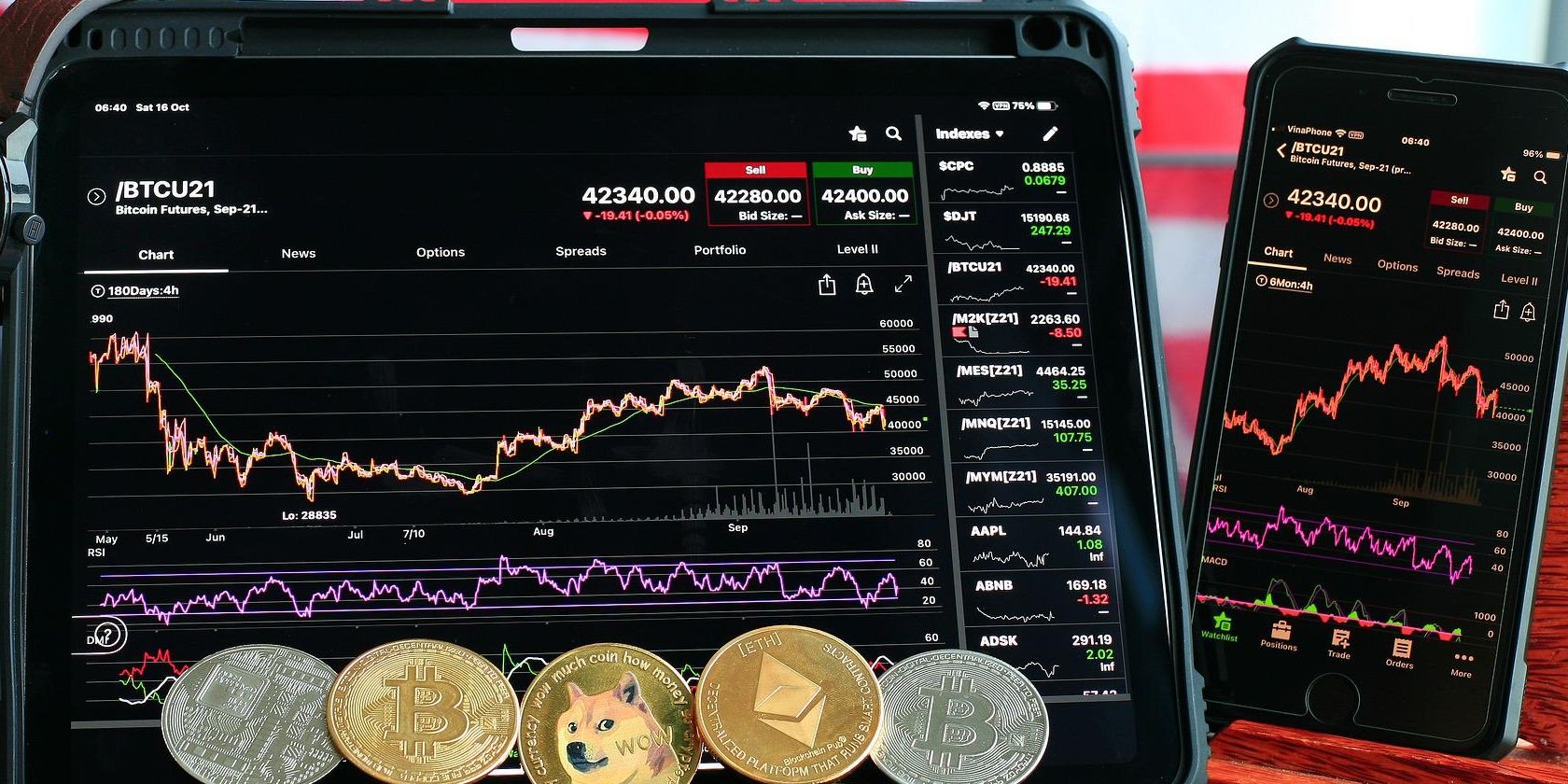
Decentralized finance (DeFi) is a broad term that describes the shift from traditional, centralized financial systems to peer-to-peer finance enabled by decentralized technologies built on the blockchain. Lending is one of the most promising areas for DeFi, with protocols like Aave, Maker DAO, and Compound Finance offering huge potential, while fintech companies like Hodlnaut, BlockFi, and Nexo offer lending services.
DeFi lending platforms offer a wide range of lending and borrowing products that are often more flexible and offer better terms than traditional centralized lending platforms.
DeFi vs. Traditional Finance
One key difference between DeFi lending platforms and traditional centralized lending platforms is that DeFi lending platforms are non-custodial, meaning that no single controlling entity holds user collateral and that collateral is locked into the DeFi system in question for the duration of the lending period. DeFi lending platforms use smart contracts to automate the lending process.
Another difference is that DeFi lending platforms offer a wider range of lending products than traditional centralized platforms. For example, some DeFi lending platforms offer flash loans, which are loans that can be taken out and repaid in a matter of seconds. This type of loan is not possible on traditional centralized lending platforms.
Finally, DeFi lending platforms are often able to offer more favorable terms to borrowers due to the increased competition in the space.
How Does DeFi Lending Work?
DeFi lending works by allowing users to deposit their cryptocurrency into a liquidity pool. This pool of cryptocurrency is then used to provide loans to other users. The interest rates on these loans are typically much higher than traditional ones, making them attractive to lenders. However, the risk is also higher, as borrowers could default on their loans and lose their collateral.
Is DeFi Lending Safe?
The safety of DeFi lending depends on the specific platform and protocols being used. That said, there are a few general things to keep in mind when considering whether or not to participate in DeFi lending.
First and foremost, make sure you understand the risks involved in lending and borrowing on a decentralized platform. There is always the potential for loss of capital, either outright or through impermanent loss, and the risk of platform failure or hacks. Secondly, be sure to research any platform or protocol you’re considering using, and only lend or borrow from reputable sources.
Finally, always remember to practice safe lending and borrowing habits, such as never lending more than you can afford to lose and always keeping your private keys safe and secure.
Advantages and Disadvantages of DeFi Lending
For borrowers, DeFi lending platforms offer several advantages over traditional lending sources. First, DeFi lending platforms are accessible to anyone with an internet connection, regardless of location or credit history. Second, loans from DeFi lending platforms are often cheaper than loans from traditional sources, as the lack of middlemen and the use of collateralized debt positions (CDPs) help to reduce the cost of borrowing.
Finally, DeFi lending platforms offer a higher degree of transparency than traditional lending sources, as all activity is recorded on the blockchain. This transparency not only allows borrowers to shop around for the best rates and terms, but it also helps to build trust between lenders and borrowers.
While DeFi lending platforms have unlocked a world of new lending and borrowing opportunities for crypto users, they come with a number of disadvantages that users should be aware of before getting involved.
First and foremost, DeFi lending platforms are still relatively new and untested. While the underlying blockchain may be battle-tested and proven (Ethereum is the most popular DeFi blockchain), the same can’t be said for the various DeFi protocols and platforms built on top of it. There’s a much higher risk of bugs, vulnerabilities, and hacks in the DeFi space. We’ve already seen several high-profile hacks and exploits in the space, and as the ecosystem grows and more money flows in, we can expect to see even more.
Another big disadvantage of DeFi lending platforms is that they’re subject to the same volatility as the cryptocurrency markets. This means that if the value of the asset you’re lending goes down, so will your loan’s value. This can create a very stressful situation for borrowers, as they may be required to repay their loan with more fiat currency than they borrowed in the first place.
Finally, DeFi lending platforms are also subject to the same regulatory uncertainty as the cryptocurrency space as a whole. This means that there’s a real risk that your lending platform could be shut down or your assets seized by government authorities. While the potential rewards of DeFi lending are significant, the risks should not be ignored. Be sure to do your own research and only lend on platforms that you trust.
Can You Trust DeFi Lending?
The advantages of DeFi lending platforms over traditional lending sources make them an attractive option for both borrowers and lenders. DeFi lending platforms offer borrowers access to low-cost capital and a higher degree of transparency. For lenders, DeFi lending platforms offer a higher degree of liquidity and a higher degree of flexibility. With the rapid growth of the DeFi ecosystem, DeFi lending platforms will likely play an increasingly important role in the future of lending.
This news is republished from another source. You can check the original article here.





Be the first to comment